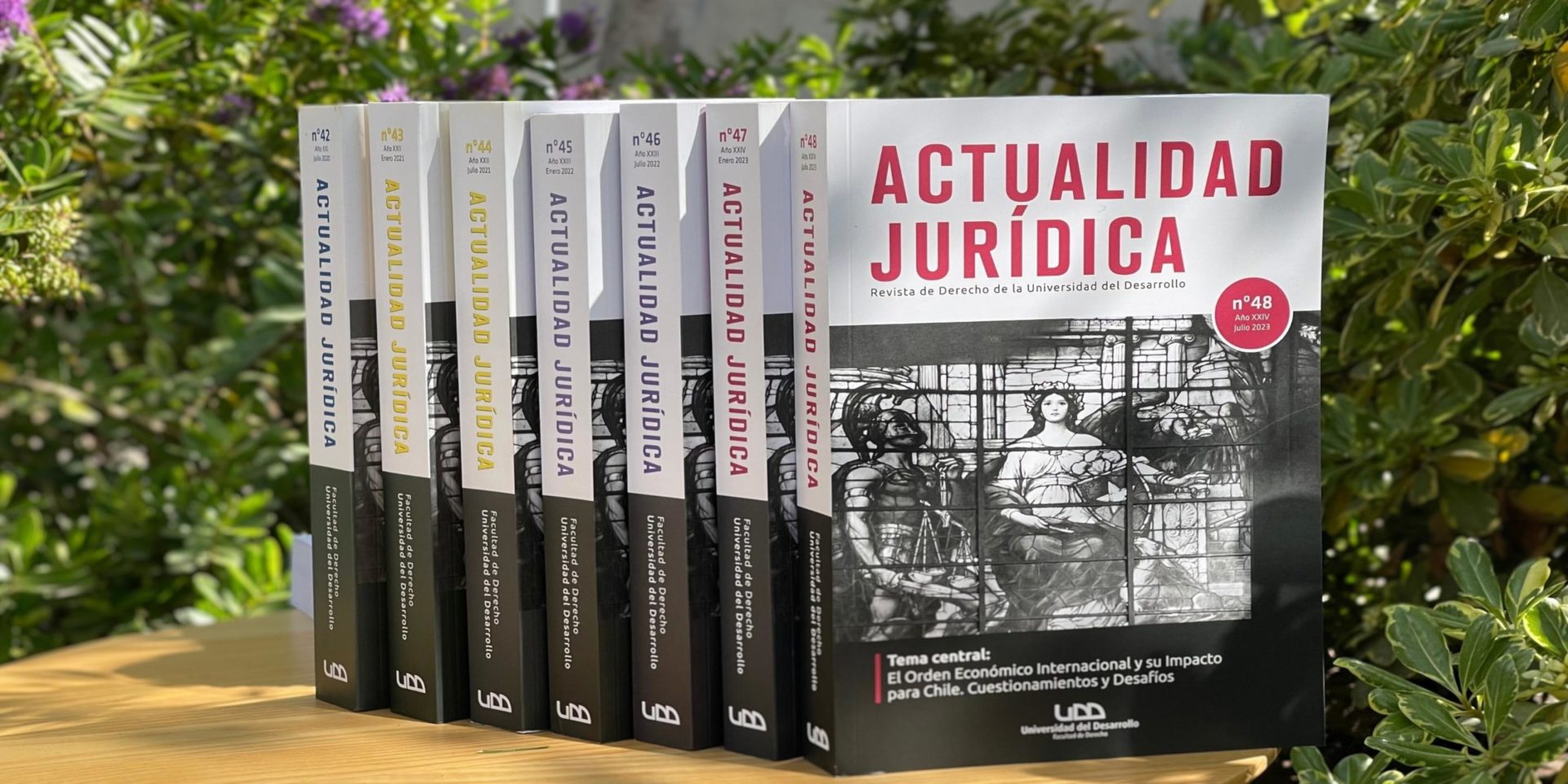¿Prohibir o no prohibir? La UE y el intento de impedir la existencia del double-hatting en el arbitraje de inversiones para dotarlo de legitimidad
Resumen
La Unión Europea se encuentra enfocada en crear una corte multilateral de inversiones, reemplazando el actual mecanismo para resolver disputas entre Estados e inversionistas. Se argumenta que, al ser los árbitros nombrados por las partes, el sistema adolece de falta de imparcialidad y de independencia, defecto que se subsanaría mediante jueces permanentes, nombrados de otra manera. Lo anterior, ya que los árbitros nombrados por las partes pueden actuar, de forma paralela, como juez en un caso y como abogado asesor en otro, produciéndose el fenómeno del double-hatting o doble función. En ese sentido, el texto aprobado para modernizar el Acuerdo de Asociación entre Chile y la Unión Europea incorpora un mecanismo de resolución de controversias entre Estados e inversionistas mediante una corte de inversiones bilateral que pretende abordar lo anterior.
Abstract
The European Union is focused on creating a Multilateral Investment Court, replacing the current mechanism to solve disputes between States and investors. It is argued that, since the arbitrators are appointed by the parties, the system suffers from a lack of impartiality and independence, a defect that would be remedied by means of permanent judges, appointed differently. The foregoing, since the arbitrators appointed by the parties may act, in parallel, as judge in one case and as an attorney in another, producing the phenomenon of the double-hatting o double function. In that regard, the text approved to modernize the Free Trade Agreement between Chile and the European Union incorporates a dispute resolution mechanism between States and investors through a bilateral Investment Court that aims to address the above.
